We take for granted a lot. It’s crucial to raise awareness on the importance of sign language.
What are sign languages?
There are more than 300 different sign languages in use around the world that vary from nation to nation. Sign languages are full-fledged natural languages, distinct from spoken languages. They involve the use of visual cues such as hand gestures, signals, facial expressions and expressions. Interestingly enough, there are even different dialects and accents within a specific country. In the USA, for example, we all know that people in Philadelphia speak with a distinctive Philly accent. Did you know Philadelphians converse in their own sign language dialect? More so, Philadelphia is known for having one of the most distinctive regional sign language accents.
ASL is primarily used by American and Canadians who are either deaf or hard of hearing. There are approximately 250,000 – 500,000 ASL users in the United States and Canada, most of whom use ASL as their primary language. In addition, ASL is used by:
- Hearing children of deaf parents
- Hearing siblings and relatives of the deaf
- Hearing adults who are becoming deaf and are learning ASL from other deaf individuals
- A growing population of hearing, second-language students learning ASL in elementary, secondary, and post-secondary classrooms.
Learning American Sign Language (ASL) helps to build a stronger connection with people. It helps you communicate with people who cannot hear, yes. But sign language can also help you become a better listener. This is because sign language requires more concentration on the individual speaking. Overall, it requires you to look not only at the speaker’s hand gestures, but also at their facial expressions and body movements.
Reasons to learn sign language
- To communicate with a wider range of people. The most obvious reason to learn sign language, the reason that motivates millions of people worldwide, is that it is the best way to communicate with the deaf and hearing impaired. That’s over 5% of the world’s population (432 million adults and 34 million children).
- It’s an extra language you can always use. Learning sign language provides all the same benefits as learning a foreign language. Bilingualism of any language (whether signed or spoken) is a great brain booster. It strengthens cognitive function and reasoning. It also increases memory, attention span, communication skills and creativity.
- Expanded uses of ASL: Sign language can be easier to learn than other spoken languages, not only for the hearing impaired but also for people with autism, dyslexia, and other learning differences. For example, in the case of autistic people, some struggle to develop verbal communication and find sign language easier to learn. For children (autistic or not), it can also be easier to learn sign language than spoken languages. The muscles in a baby’s hands actually develop faster than their mouths, meaning that signing is easier for early communication.
- Expanded vision and movement skills: Sign language helps develop small motor skills because of the dexterity required for communicating with hand gestures. Relying on a different sense to communicate exercises peripheral vision and trains you to become more aware of your environment.
- Have the opportunity to get to know the deaf community. Learning a foreign language immerses you in a new community and a different culture. The same is true for sign language, which opens us up to the deaf community and its culture, at the very heart of the identity and life.
You surely have your own good reasons for learning about ASL, whether it be to satisfy your curiosity, explore a unique language, meet new people or even fulfill an old dream. There may be many reasons to get started, but you’ll find that there are even more reasons to stick with it.
Of course, at LST we have our very own group of professionals to achieve all these goals, and bring people closer. Want to join the team? Contact us.



